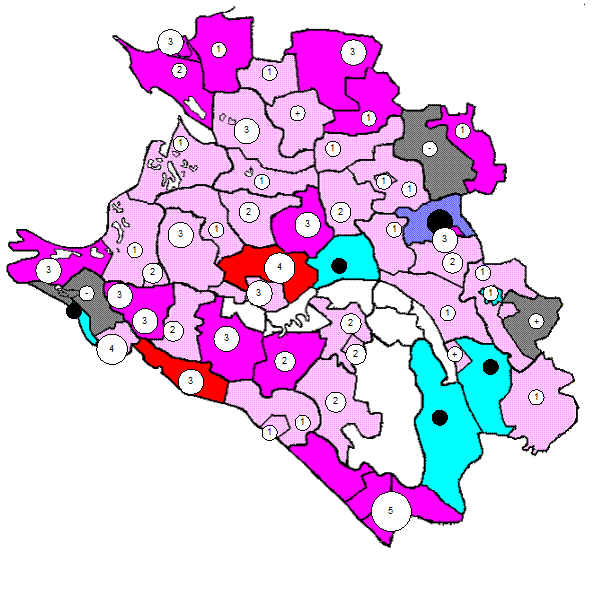How to present the results of a study, and give it the best chance of publication
Robert Day A scientific paper is a written report describing original research results whose format has been defined by centuries of developing tradition, editorial practice, scientific ethics and the interplay with printing and publishing services. The result of this process is that virtually every scientific paper has a title, abstract, introduction, materials and methods, results and discussion. It should, however, be noted that most publications have rules about a paper's format: some divide papers into these or some of these sections, others do not, and the order may be different in different publications. So be prepared to revise your paper in to a publication's format when you are ready to submit. One general point to remember is the need to avoid jargon and acronyms as much as possible. A second is the fact that some journals like papers to be written in the active voice - i.e. "we carried out a test to..." rather than " test was carried out to..." — but that this is not always the case. Title A title should be the fewest possible words that accurately describe the content of the paper. Omit all waste words such as "A study of...", "Investigations of...", "Observations on...", etc. Indexing and abstracting services depend on the accuracy of the title, extracting from it keywords useful in cross-referencing and computer searching. An improperly titled paper may never reach the audience for which it was intended, so be specific. If the study is of a particular species or chemical, name it in the title. If the study has been limited to a particular region or system, and the inferences it contains are similarly limited, then name the region or system in the title.
|




